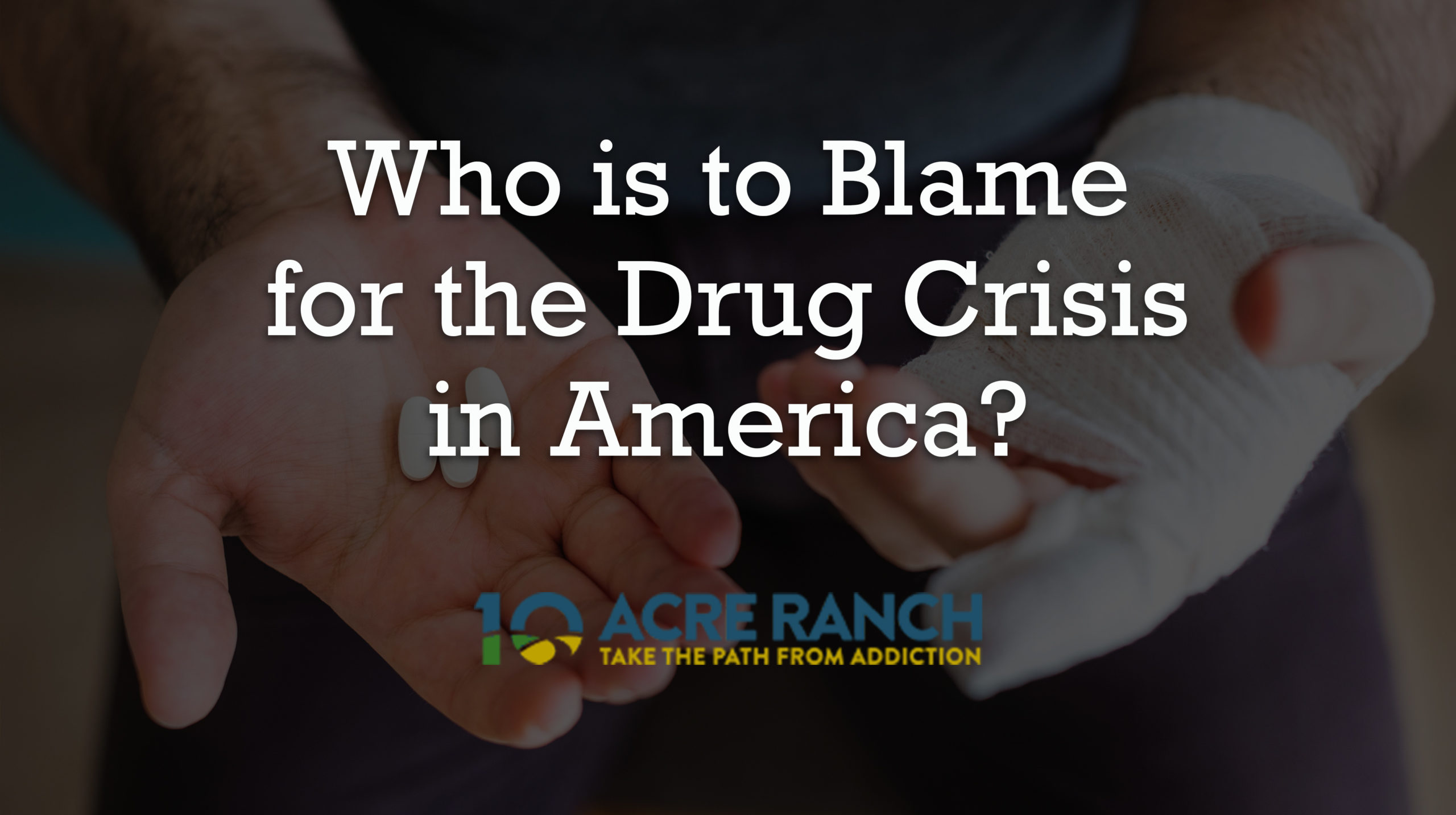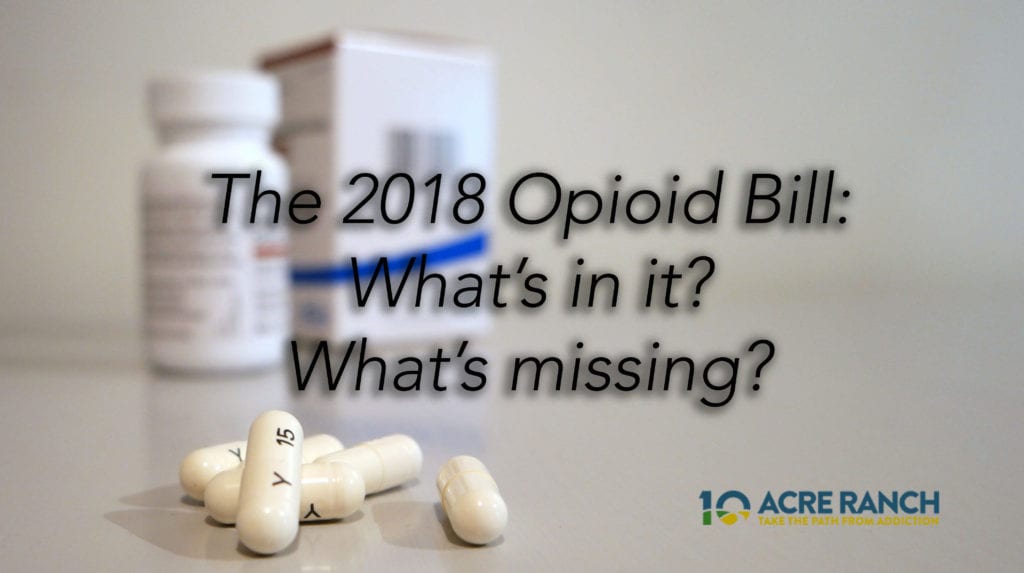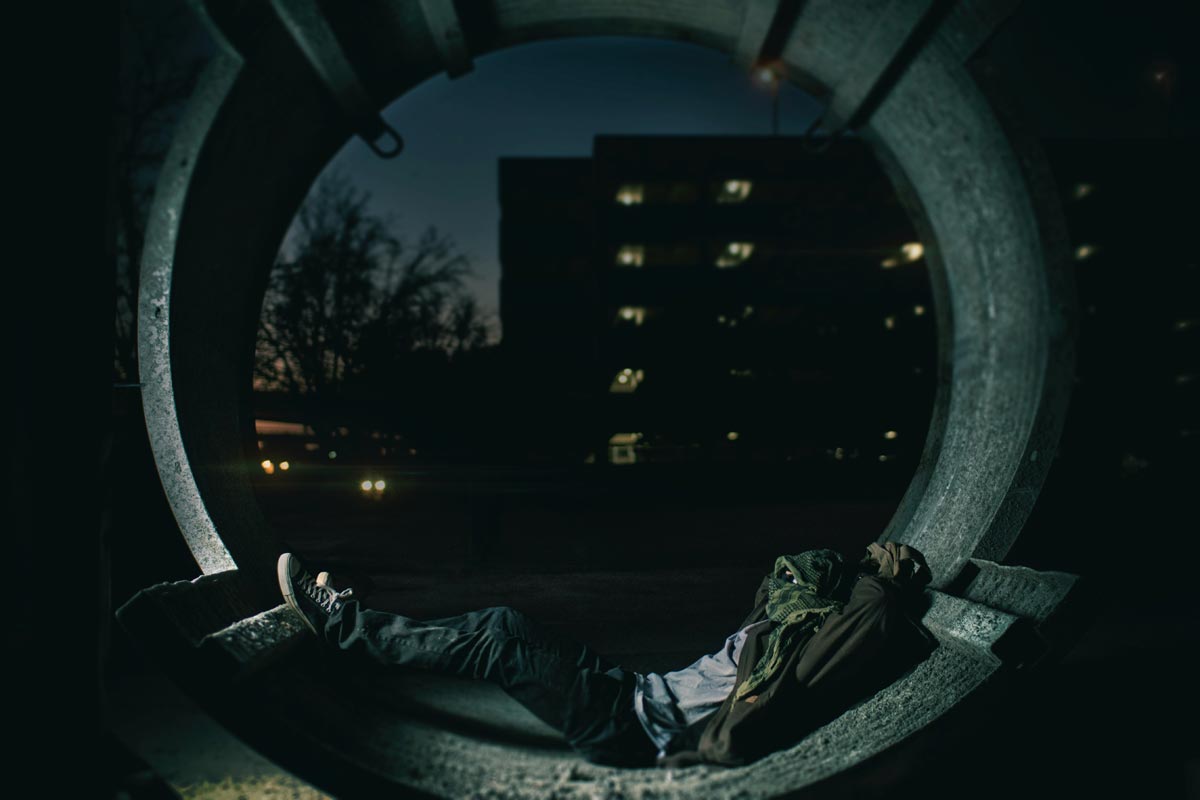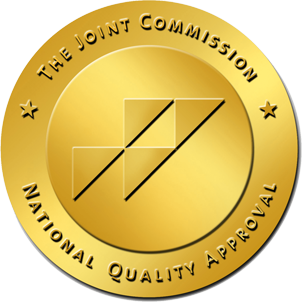This may be partially true, but for an honest, successful solution to the drug overdose crisis, we need to look at every possible …
The 2018 Opioid Bill
this problem. Allowing Medicaid to help fund up to 30 days of inpatient rehab stays, including medication-assisted treatment (MAT) …
Join The Voices of Addiction Recovery
your disease is nobody’s business but your own. You know the program that is saving your life is an anonymous program. You also …
Continue Reading about Join The Voices of Addiction Recovery
Addiction and Mental Illness Help for the Homeless
Thus, allowing them to get back on their feet while they are learning to live a life in recovery. There are others, though, whose …
Continue Reading about Addiction and Mental Illness Help for the Homeless










